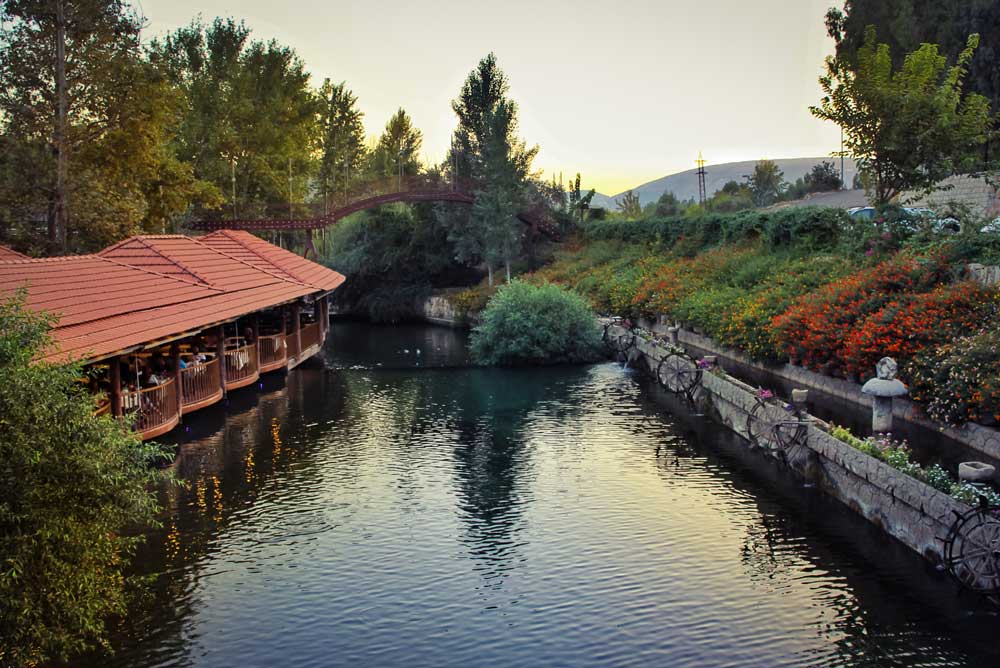Capital of a caza of the same name, Hasbaya (Hasbaïa in Arabic) is a small town in Lebanon located 58 km southeast of Beirut. This city, located at the foot of Mount Hermon, promises visitors a beautiful glimpse of the years that have passed. A place marked by a rich tapestry of art, heritage and culture.
First place of interest in Hasbaya, the souk al-khan or khan Hasbaya. A real local event that takes place every Tuesday, on the road to Hasbaya, in South Lebanon. This weekly market serves as a place of meeting and trade for the locals. But it is also the ideal place to discover the remains of an ancient khan from the 17th century. According to legend, it was here that Ali, the son of Emir Fakhreddine Ma'an, one of the last historic rural khans in Lebanon, was killed.
✨
At the house of Libshop, we are specialized in the manufacture artisanal of mezzes, shawarma, falafel, Lebanese-inspired dishes and pastries for more than 10 years.
👉 Book your table at one of the Libshop restaurants in Paris
👉 Order Libshop for click & collect or delivery✨
View this post on Instagram
A centerpiece of culture and antiquity in the city of Hasbaya, the Citadel of Chehabi (or Chehabi Castle) dates from the Crusader period. Seized by the eminent Chehabite dynasty in 1770, the place is still home to a few descendants. The magnificent building comprises three floors above ground and three levels underground. On either side of the arched entrance, stone lions emblematic of the Chehabi family stand. Even if it is forbidden to visit, La Citadelle, remains a beautiful sight to admire… from afar.
https://www.instagram.com/p/BtYFNbcgtO6/
Another must-see site in Hasbaya, the Temple of Hebbarieh. Located between Hasbaya and Ebdl es Saqi, Hebbariyeh is a little-known Roman temple in the region. However, even if only ruins of this temple remain, the walls that are still standing are impressive. These walls, 8 m high, bear underground crypts dating from the first century. On the facade of the semi-circular two-level niches that comprise the entrance door, one can still read a few lines in Greek. The Temple of Hebbarieh rests on a podium which once housed underground galleries. The bases of two columns are still visible in the pronaos, but the pediment is no longer there.


